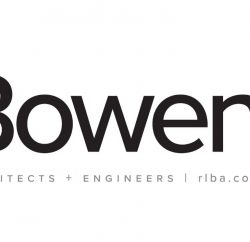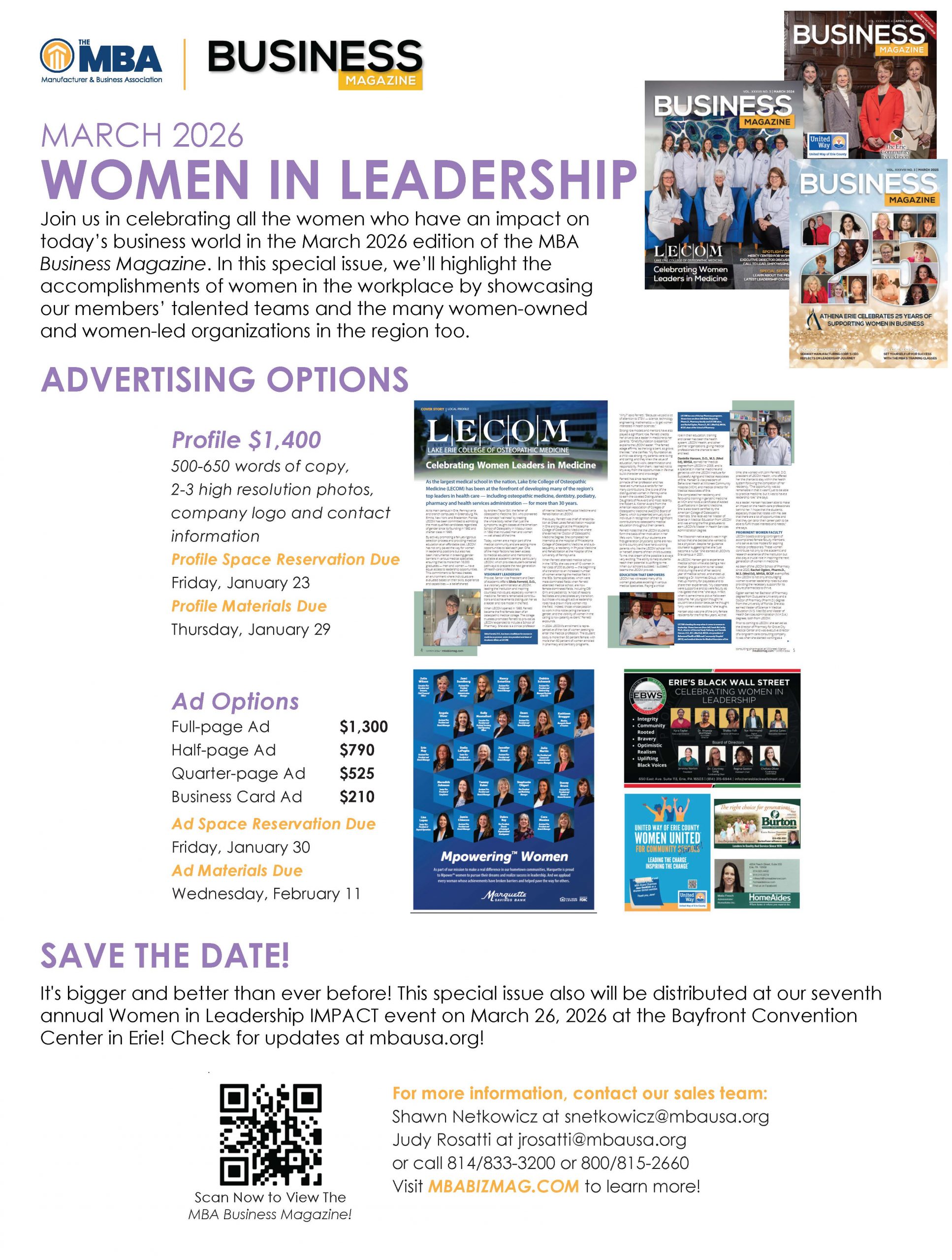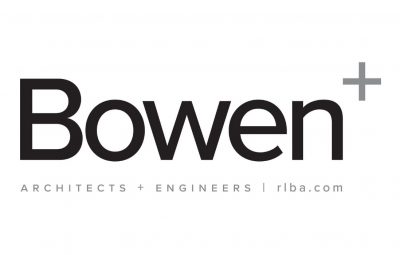PREPARING FOR THE NEXT GENERATION
Each year, March is designated as Women’s History Month to honor women’s contributions in American history. It’s also the perfect time to recognize their contributions as leaders in business and industry— including health care, manufacturing, technology, education and more.
The impact of women leaders in business, especially to the bottom line, is certainly worth noting. Businesses with more women in senior leadership positions experience greater productivity, higher profitability and better company performance, according to a recent report from Bankwest Curtin Economics Centre, which found a 10-percent increase in female top-tier managers at organizations led to an average 6.6-percent increase in market value. Companies with a female CEO saw a 5-percent increase in market value.
However, while the last year saw small gains in the number of women at every leadership level, women are still far outnumbered in vice president, senior vice president and C-suite roles, where less than 30 percent of leaders are women, according to McKinsey’s 2021 “Women in the Workplace” report.
The report finds that women remain plagued by the “broken rung”: They’re promoted to the role of manager at lower rates, stalling efforts to keep progress moving, especially into higher-level leadership roles.
Experts suggest organizations can do more to recruit, retain and develop female leaders, starting with an honest assessment and inventory of their hiring, promotion and compensation as well as support of female employees in their growth and development. According to Forbes, here are a few suggestions to help companies get ahead and develop the next generation of women leaders at every level:
Talk to women in your organization — at all levels — and ask them questions.
- Find out what’s working and what’s not in terms of career growth, flexibility and culture. When women are leaving the organization, find out why. This research process should provide plenty of insight into how you can improve parental leave, work conditions for caretakers, upskilling, mentoring and more.
Focus on recognition and succession.
To stamp out inequities, you must first identify the inequities by asking critical questions:
- How are promotion and succession plans built? Is it equitable and unbiased?
- Who is winning awards and bonuses and why?
- Do the people put on those lists reflect the workforce? Are women a smaller portion?
Use surveys to better understand the culture of the company.
- Is what the business says about its culture in alignment with the employee experience? Does that experience change based on an employee’s gender? Do meeting culture, committee work and team socializing welcome and include everyone?
- Be sure to include open-ended response areas to capture unforeseen issues and invite ideas for improving company culture and engagement.
Foster mentoring and apprenticeships.
- Mentors share their wisdom, act as sounding boards and cheerleaders, and give insight into their own successes and failures, as well as the disciplines and practices that have sustained their careers.
- Apprenticeships are also powerful programs for developing talent and skills, yet women are severely underrepresented. According to findings from Apprenticeship USA, women make up only about 14 percent of active apprenticeship — a huge opportunity for women.
In this edition of the MBA Business Magazine, we’ll recognize the accomplishments of women leaders in our membership region, including the efforts being led by Northwest Bank’s Anita Kuchcinski, one of the first women to lead the bank’s Erie Commercial market. We’ll also talk to Mercyhurst University President Kathleen Getz, Ph.D., on her role and vision for leadership ahead of the MBA’s Women in Leadership IMPACT Luncheon on March 23 in Erie.
Plus, we’ll share some new training opportunities available to aspiring and current leaders in our region as part of the MBA’s new quarterly Training Catalog.
To learn more about how the MBA can train your team to lead and prepare for the next generation, visit mbausa.org

















